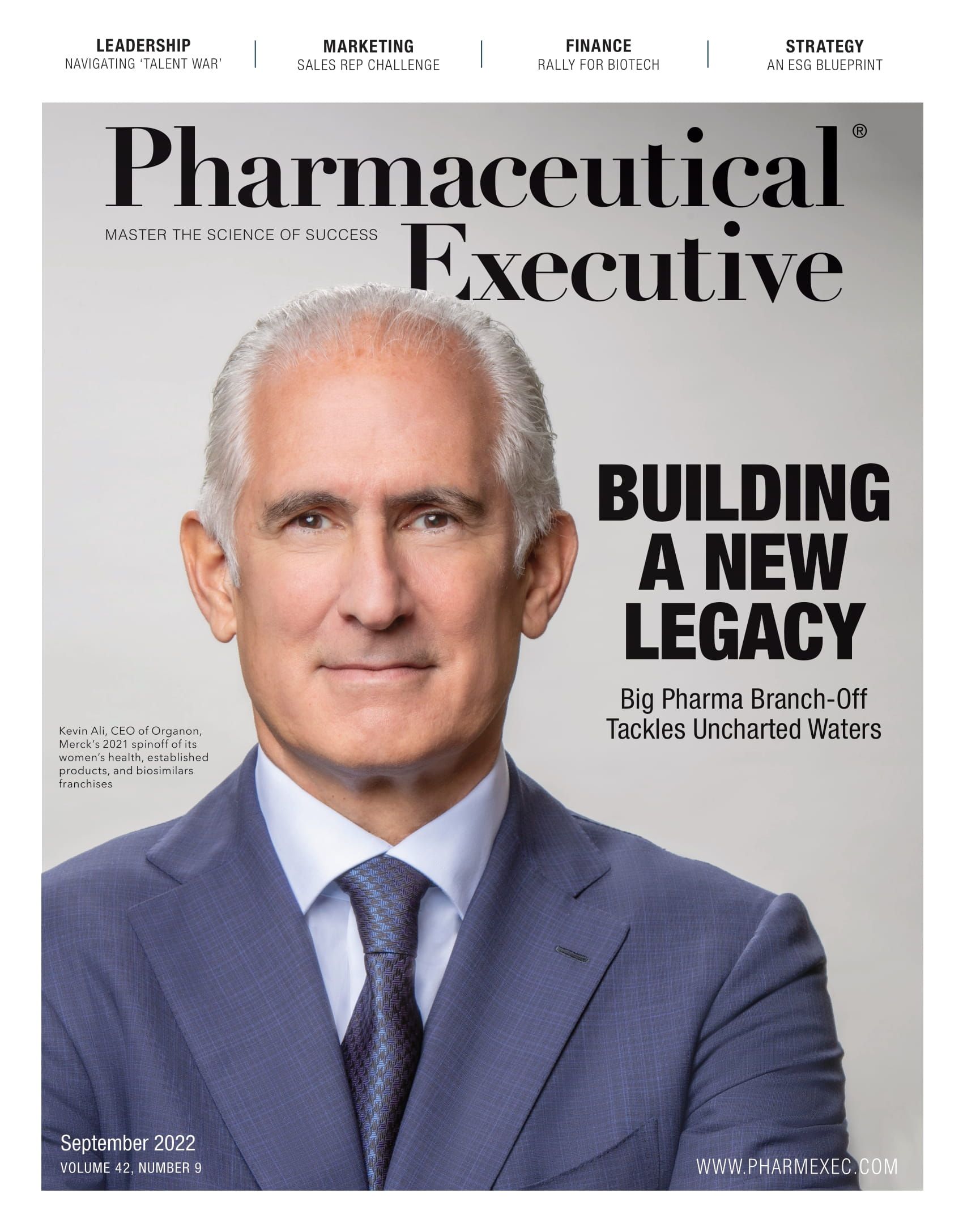The Biotech Rally Continues—What’s Fueling the Surge?
Biotech stocks and the indexes have staged an impressive recovery.

In my early June column, I wondered whether we were potentially reaching a bottom in the XBI index after its deepest and longest correction since its inception. Well, the XBI did, in fact, reach a low of $62.81 on May 11, retested that in mid-June, and surged to a recent high of $95 on Aug. 15, a gain of over 51% in two months. For perspective, the index is still down significantly from its all-time high of over $140 in October 2020. Several factors can explain the resurgence.
The economy, valuations, positive clinical data, and the acceleration of M&A
The decline in biotech was in large part driven by the reopening of the economy, as investors fled growth stocks in favor of the now very cheap cyclicals left for dead during the shutdown. This began the correction in the biotech sector.
In stark contrast to 2020 and early 2021, when the COVID-19 pandemic shut down the global economy, rates plunged, and investors flocked to the few insulated growth sectors, most specifically biotech—and multiples increased, in some cases, a lot. The world focused its attention on the industry’s potential to provide vaccines and therapeutics to save lives and reopen the economy, and investors anticipated the potential financial windfall these could bring. With unprecedented warp speed and steadfast commitment, the biopharma industry set out to make that promise a reality, and it did. The introduction of vaccines brought hope, saved lives, led to renewed freedom for many, and eased fears and anxiety. During this period, unprecedented sums of capital poured into the sector, ushering in record numbers of biotech IPOs (almost 100 in 2020 and 2021) and follow-on offerings.
Vaccines were the key to the reopening of the economy, but, unfortunately, for biotech, no good deed goes unpunished. The anticipation and the reopening trade for the economy fueled a massive rotation out of growth stocks, most notably the then-high-flying biopharma sector, into the beaten down—the now extraordinarily cheap cyclical stocks that bore the brunt of the economic downturn and the quarantine. Airline stocks, hotel chains, and the like were left for dead during the shutdown, but now would see a hockey stick recovery, as we could finally leave the house.
With the economy overheating, the Fed has been aggressively working to tame it with interest rates hitting 40-year highs and rampant inflation. Rising interest rates are toxic for long-dated asset classes like biotech and, hence, explaining the stunning correction for the sector off of frothy valuations.
What has changed? Investors are now lining up behind the thesis that Fed rate hikes and inflation are peaking and are looking to the other side, which implies a rotation out of cyclicals and value and back into growth names, such as biotech, which had a most unfortunate reversal of fortunes.
Initially, the rally in biotech was likely a function of defensive short covering, but its sustainability has proven it is more than a dead cat bounce. Unlike the first six months of this year, clinical data readouts have been more generally positive, and stocks have responded favorably; that is expected to continue for the remainder of the year. The steep recent rise in valuations across the sector has facilitated a greater sense of urgency, with fear of missing the move—and this has gotten the attention of generalists as well.
That said, the market remains discerning based upon the strength of balance sheets.
Companies with more than 24 months of cash massively outperforming those with less than 12 months; greater than 40% gains in the former and only 9% for the latter. Twenty percent of the SMID cap universe has less than 12 months of cash and that percentage is expected to double by the end of the year. While the IPO market remains essentially closed, the market for follow-on offerings has been steadily building momentum, and the market has viewed these balance sheet boosters as clearing events—those companies that have taken the pain of perhaps a dilutive raise have seen their shares outperform.
M&A has also markedly picked up and that trend is expected to continue. Large pharma’s firepower to fund a deal is at an all-time high of $1.2 trillion based upon a recent report from my colleagues at EY. M&A has always been a key pillar of large pharma’s core growth strategy, but adding fuel to the fire is that the industry will lose exclusivity for $225 billion worth of revenues in 2025 and beyond, which is putting an even fiercer gust of wind behind their sails to get deals done.
Barbara Ryan is Founder, Barbara Ryan Advisors, and a member of Pharm Exec’s Editorial Advisory Board.

Lilly Bolsters ALS Pipeline Through $415 Million Licensing Agreement with Alchemab Therapeutics
May 6th 2025Under terms of the deal, Alchemab will lead early Phase I trials for ATLX-1282 in amyotrophic lateral sclerosis, while Lilly will assume responsibility for further development and commercialization of the novel platform.
Regeneron, Roche Launch Major US Expansion Plans to Meet Growing Demand for Biologics and Innovation
April 22nd 2025With combined investments exceeding $53 billion, both companies are deepening their US presence through expanded biologics production, gene therapy capabilities, and next generation R&D centers.

.png&w=3840&q=75)

.png&w=3840&q=75)



.png&w=3840&q=75)



.png&w=3840&q=75)























